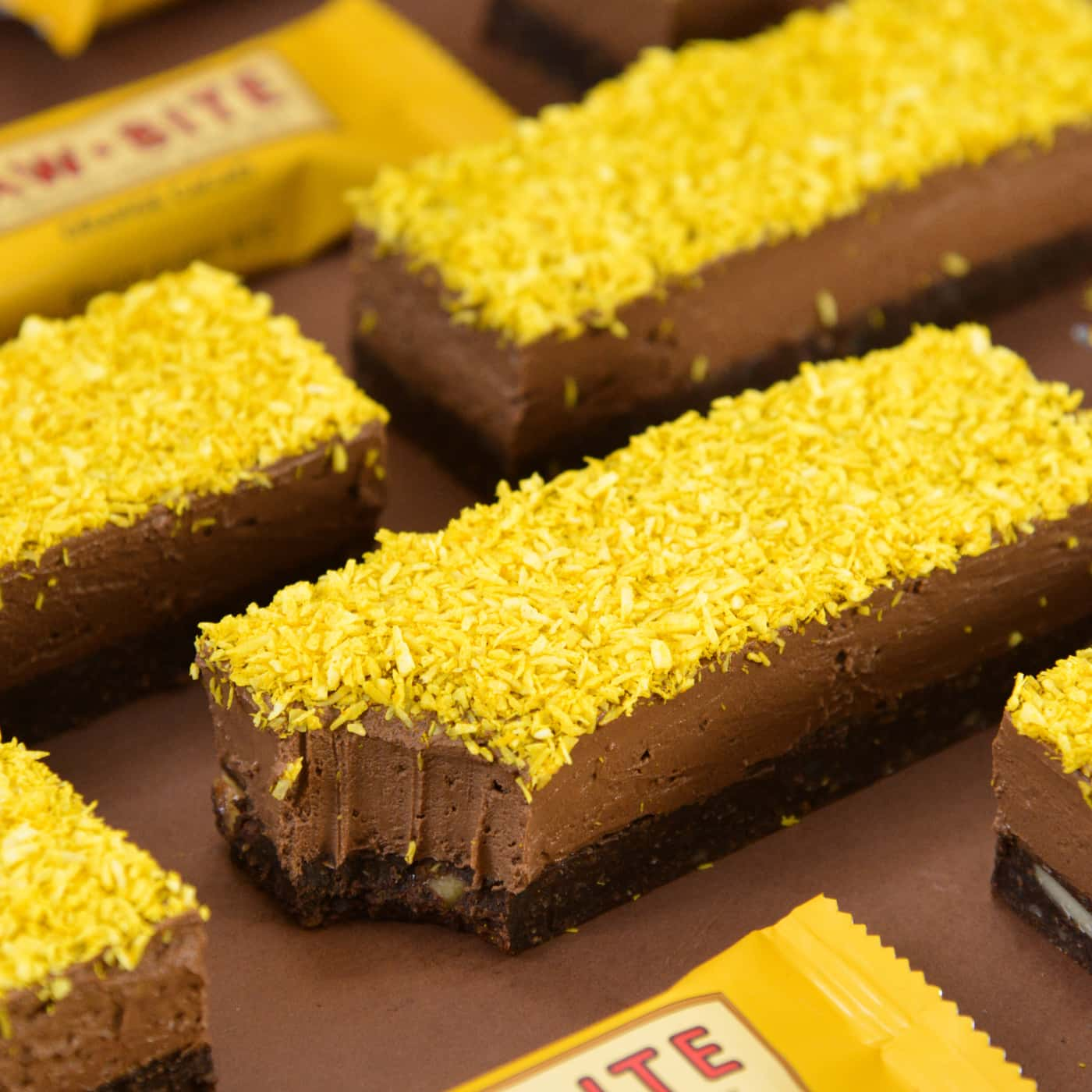Fruity, bitter or rather harsh – cacao can have multiple aromatic shades depending on its origin and manufacturing process. The cacao plant – an evergreen tree that predominantly grows in South America and west Africa – is the host of the cacao beans, that grow in large pods on the cacao trees. The beans form the base of chocolate and are dried, fermented and sometimes released from their fatty part, also called cacao butter, before they develop their distinctive cacao aroma.
Wow Cacao!
Cacao beans and the products derived not only contain the delicious cacao aroma, but also a variety of beneficial plant compounds. They are a great source of secondary plant metabolites, especially flavanols (1). Further, cacao contains iron (2) and tryptophan, an essential amino acid that is converted to serotonin in the body (3).
However, those delicious properties of cacao can highly vary due to the degree of processing and supplementation, such as the addition of artificial sugar, oil or fat.
Carpe Cacao
The flavour of cacao can be found in many different kinds of food – not only chocolate bars, ice cream or baked goods. Forming the basis of hot chocolate, cacao has always been a popular hot drink. Adding a teaspoon of unsweetened cacao powder to spicy dishes such as chili sin carne makes the difference. And last but not least, it is probably the most important ingredient in our popular RAWBITE Cacao bar, giving it both its name and sweet-harsh taste of chocolate.
Delicious Bliss Balls with RAWBITE Cacao
What you need for 28 bliss balls:
200 g (vegan) dark chocolate
2 - 3 rice crackers
- Slice each RAWBITE bar into small bits, roughly all the same size. 14 bits per bar is ideal.
- Now form the bits into little balls.
- Soften two-thirds of the dark chocolate in a double boiler, but take care not to let it become a liquid. In the meantime, break up the rice crackers into tiny bits. As soon as the chocolate is soft enough, mix in the rice cracker bits until you get a somewhat firmer consistency that you can work with.
- Then cover the RAWBITE balls with the softened chocolate glaze.
- Melt the remaining chocolate to a liquid.
- While the chocolate is melting, put your selected toppings into deep plates (get creative: chopped nuts, sesame, coconut flakes or cinnamon). Dip the balls into the liquified chocolate and roll each one around in a topping until they’re covered evenly.
Now just let the pralines solidify – in a refrigerator, for example.
Pure Taste. Pure Joy.
References:
- Hannum, S.M., Erdmann, J.W. (2000), Emerging Health Benefits from Cocoa and Chocolate. Journal of Medical Food, 3 (2).
- Wilson, P. K, Hurst, J. W (2015), Chocolate and Health: Chemistry, Nutrition and Therapy. 1-27.
- E.I.Adeyeye et al. (2010), Effect of farm and industrial processing on the amino acid profile of cocoa beans. Food Chemistry, 118 (2), 357-363.







